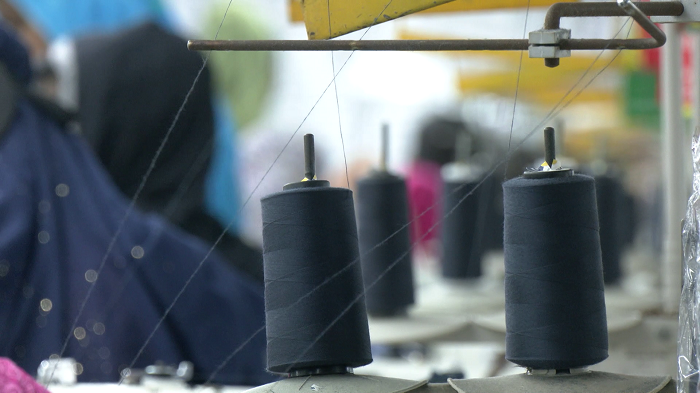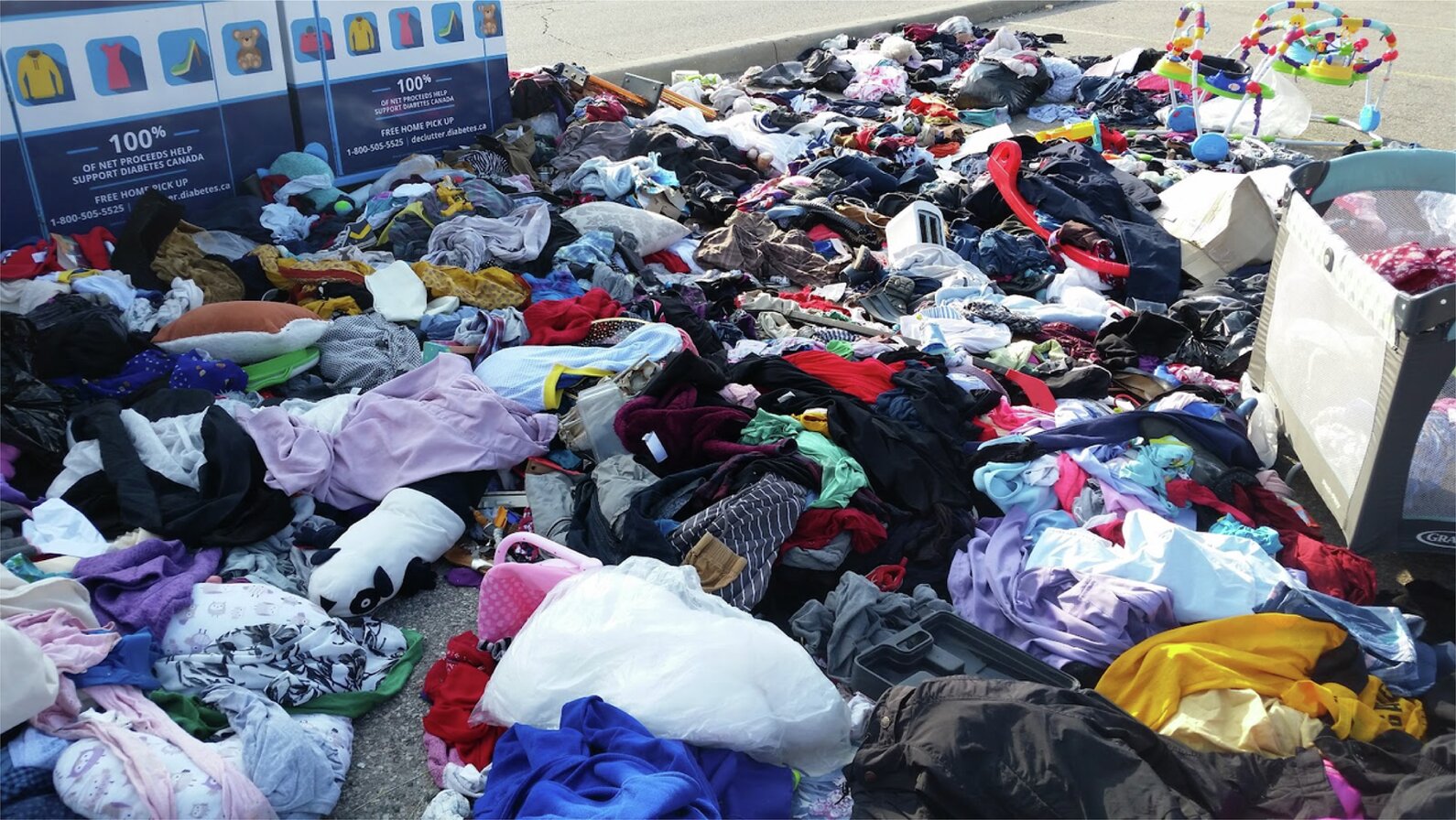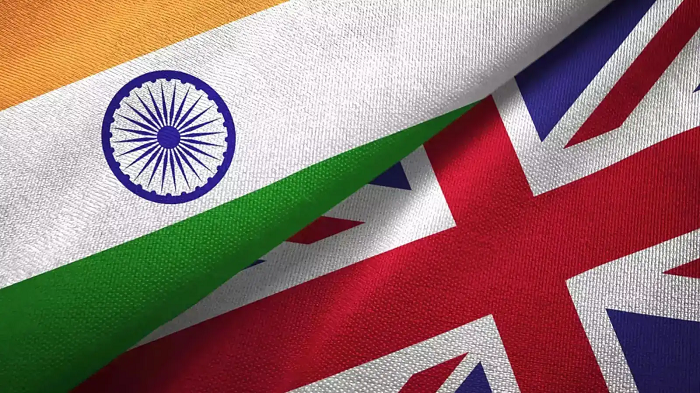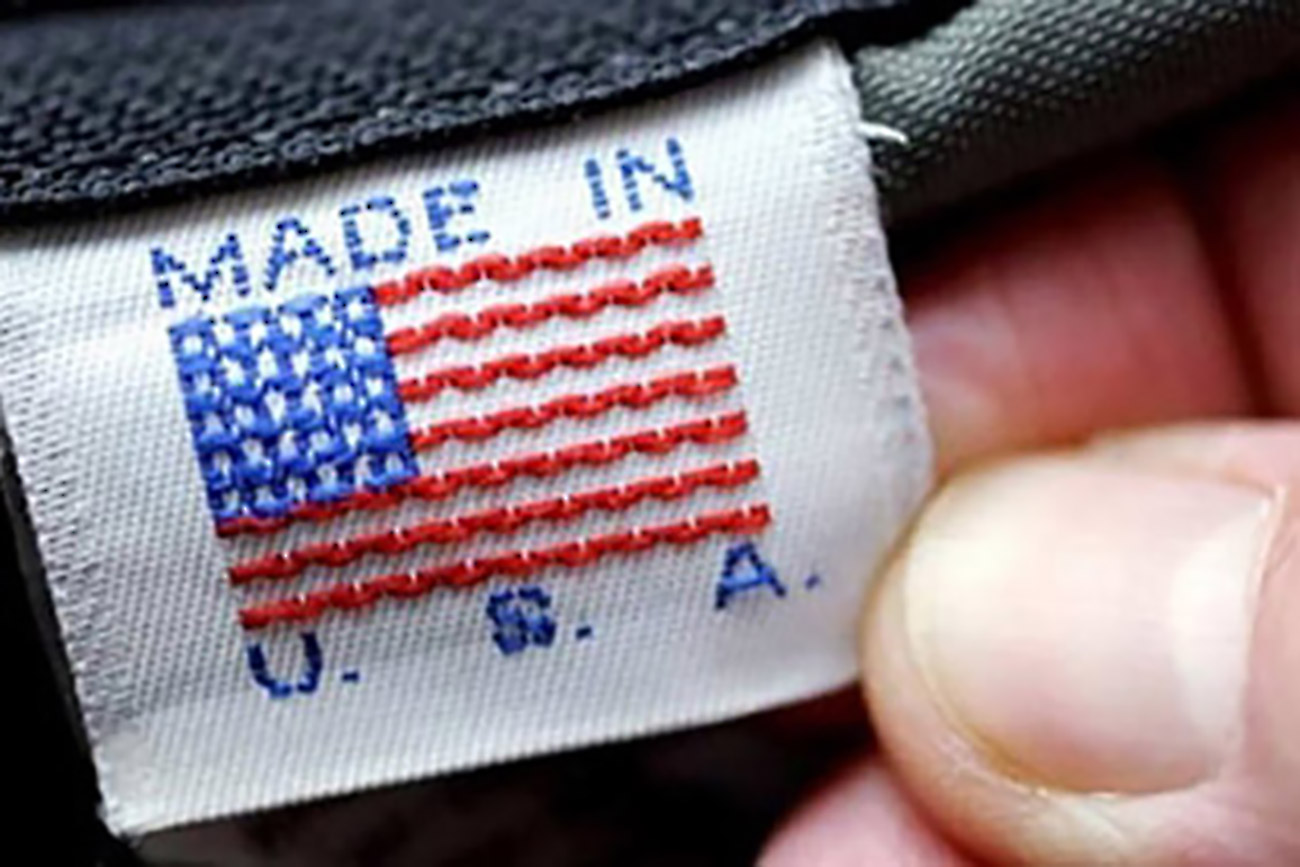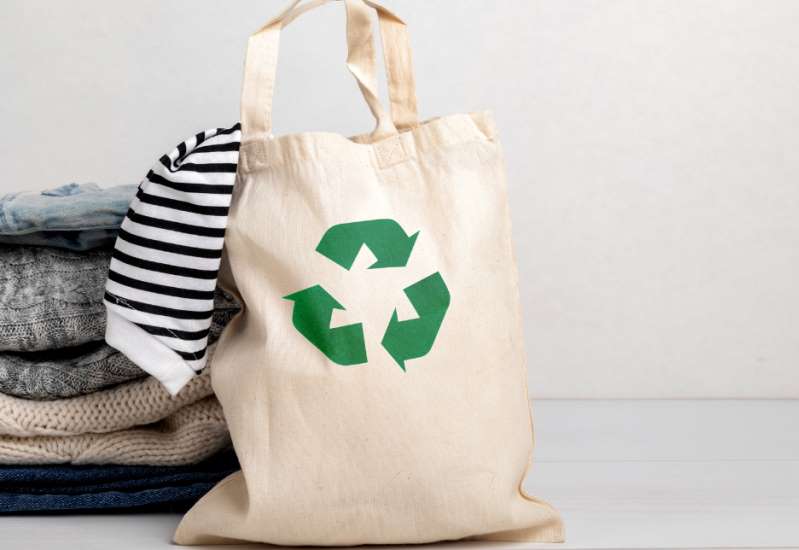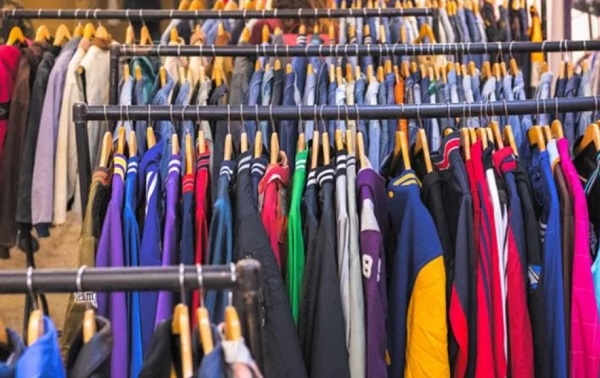
In response to the legislation, the Uyghur Forced Labor Prevention Act, signed last December by President Joe Biden, the Alliance for Vietnam’s Democracy, has released a statement claiming Vietnam helps China bypass these sanctions by importing cotton from the Xinjiang region. World Bank stats show, China was the largest exporter of garments to the US between 2002 and 2020. However, the ban imposed by the Trump administrations on all cotton imports from Xinjiang in 2020 led to Vietnam usurping China’s position as the biggest exporter of garments to the US market.
Shipments from China diverted to Vietnam
As per 2019 data, China grows around 85 per cent of its cotton in the Xinjiang region. In the last few years, the country has witnessed a rapid growth in textile and apparel manufacturing in Uyghur. Yet, cotton shipments from the region have ceased in the last two years. Most of the cotton and cotton-based yarn, textiles and finished goods grown and manufactured in the Uyghur region are now transported first to Vietnam before being shipped internationally.
Vietnam has also emerged as one of the top two destinations, besides Bangladesh, for China’s export of raw cotton, yarn and fabric. Of the 53 international intermediary manufacturers that buy raw cotton goods from China, six are from Vietnam. These Vietnamese intermediaries supply their products to many well-known international brands and may have Xinjiang cotton in their supply chains, warns the Alliance for Vietnam's Democracy.
More than half of China’s cotton semi-finished products are shipped to countries within Asia, with Vietnam being the second largest importer, shows data from the UN Comtrade. These countries then produce finished garments from the semi-finished products to export around the world.
Growth in ‘cotton laundering’
This leads to ‘laundering’ of Xinjiang cotton, making it difficult to trace the origin of finished garments’ material. Laura Murphy, Helena Kennedy Centre for International Justice believes, such an export strategy prevents end buyers from being directly involved in buying cotton from the Xinjiang region. International brands and wholesalers can buy from factories in third countries that have few visible ties with Uyghur Region-based companies. This guarantees a stable supply of Xinjiang cotton to the international market even as brands, governments, and consumers continue to protest against Xinjiang forced-labor-made goods.
Vietnam tops cotton imports from China
Between 2016 and 2019, Vietnam emerged fourth largest importer of cotton or cotton-mixed products from China in terms of product value and weight. The country also emerged the second largest export destination for semi-finished cotton products from China in terms of value and weight.
All five suppliers of Uyghur cotton including Jiangsu Lianfa Group, Luthai Textile, Huafu Fashion, Texhong Textile Group, and Weiqiao Textile, export a significant number of cotton intermediaries to Vietnam. A reputed company, Huafu has established production facilities in both the Xinjiang Uyghur Autonomous Region and Vietnam.
Ban fabric imports from Xinjiang, urges industry
World’s largest apparel producer, China exports most of its textiles and apparels to the US, Japan, Vietnam, Hong Kong, Germany, South Korea, and the United Kingdom. Hence, the Alliance for Vietnam’s Democracy has urged, compliance with the new legislation, cotton fabrics imported from Vietnam should also be banned as the cotton and other intermediaries used in these fabrics are imported from Xinjiang.

